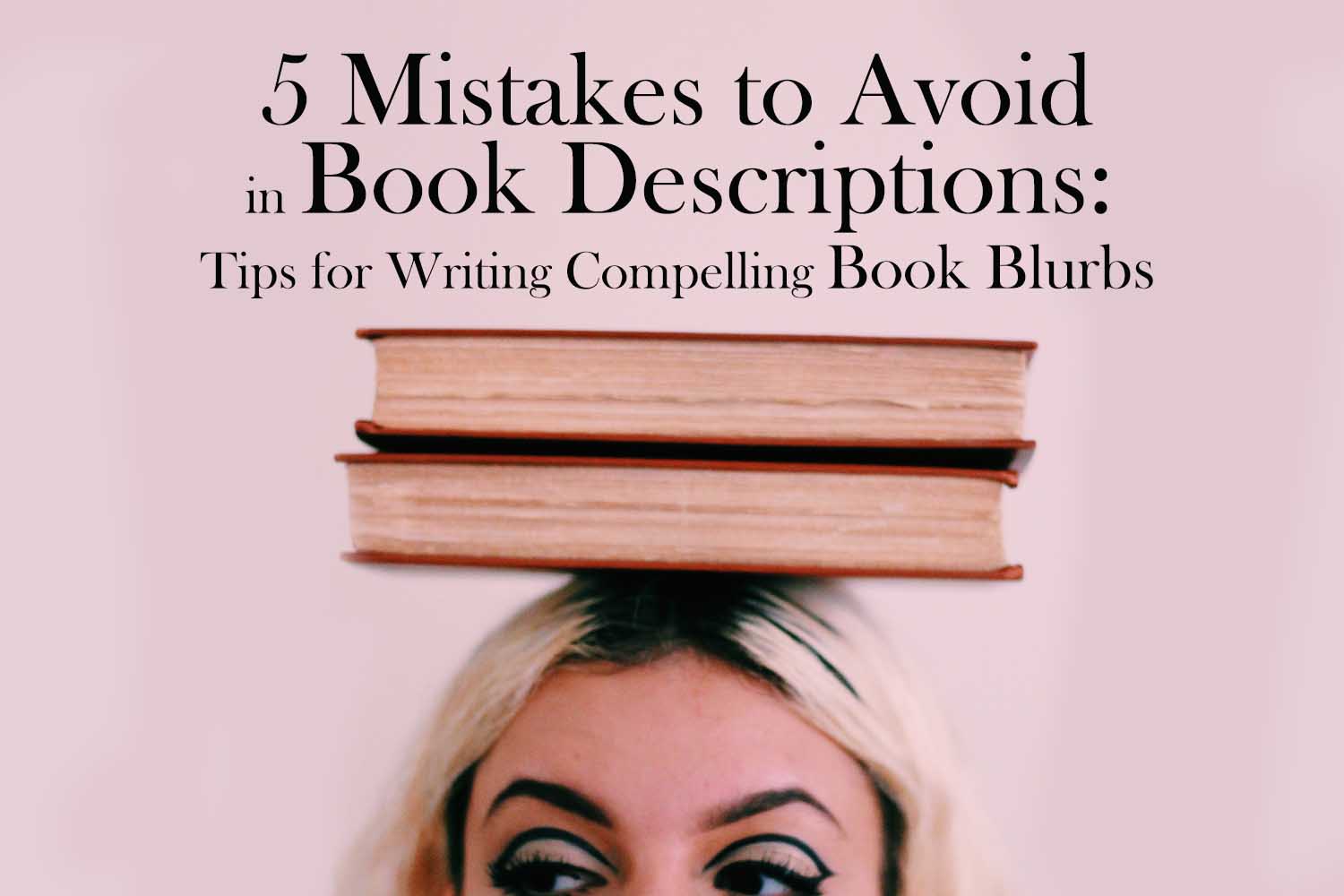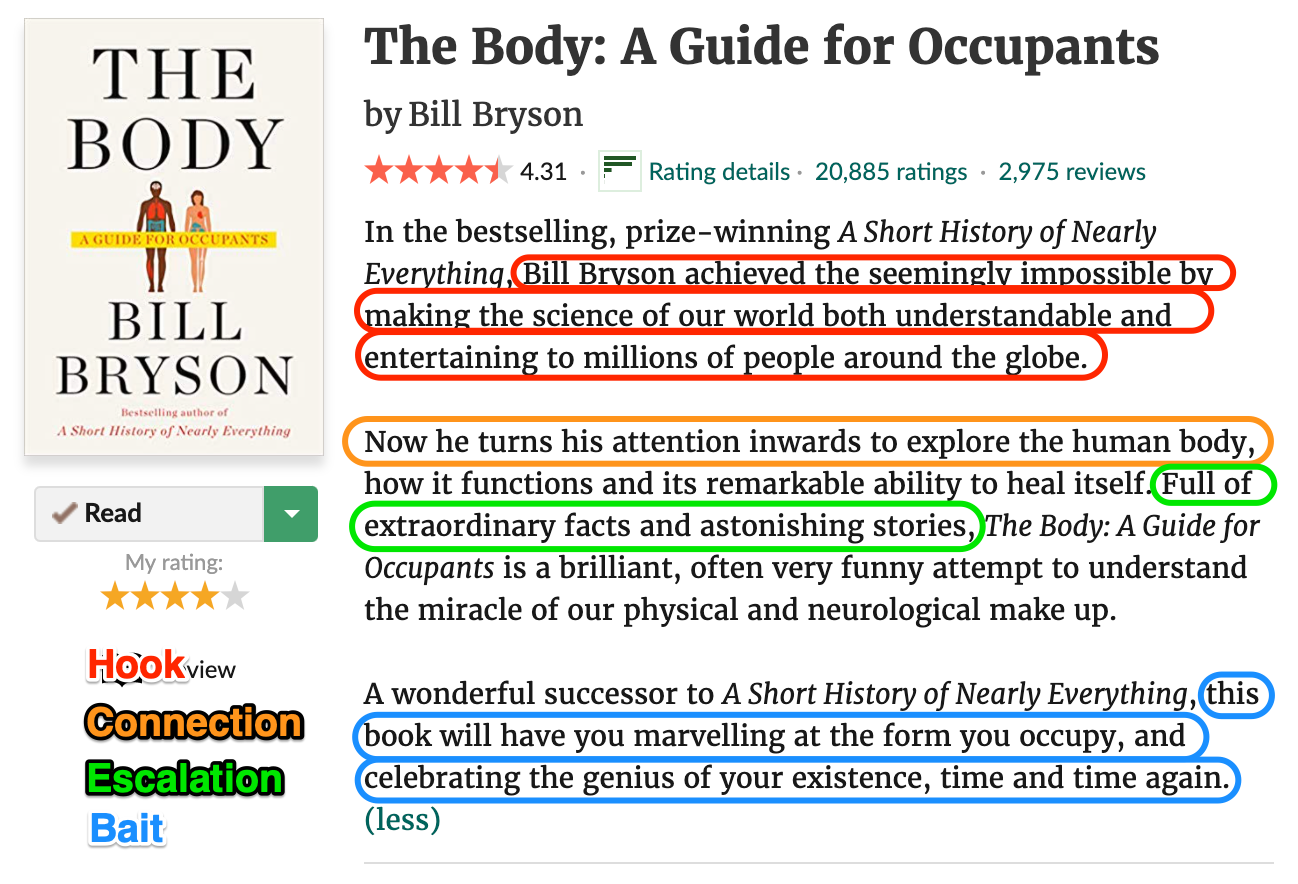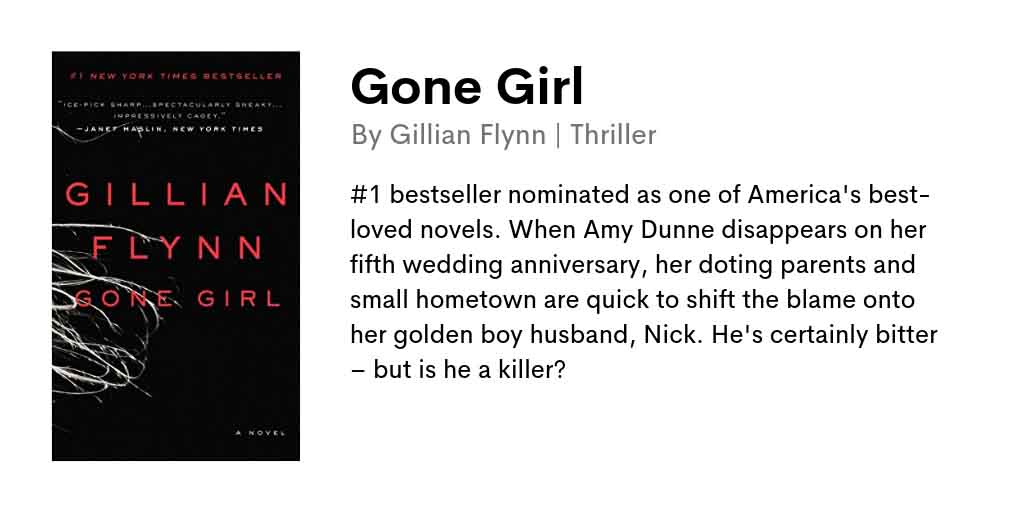When it comes to marketing your book, the book description is one of the most important tools at your disposal.
A good book description can entice potential readers and make them eager to buy your book.
However, writing a compelling book description is not always easy, and there are several mistakes that you should avoid to ensure that your book is presented in the best possible light.
The following are some common mistakes to avoid when writing book descriptions.
Mistake #1: Spoiling the Plot
One of the most common mistakes that authors make when writing book descriptions is spoiling the plot.
Giving away too much information about the story can ruin the reading experience for potential readers.
To avoid this mistake, you should focus on describing the premise of the book rather than giving away key plot points.
Think about what makes your book unique and highlight those aspects in your book description.
Mistake #2: Focusing Too Much on the Author
While it’s important to establish your credibility as an author, your book description is not the place to do it.
Too much focus on the author can take away from the book itself and turn off potential readers.
Instead, focus on the book’s story and why it’s worth reading.
Give readers a taste of what they can expect from the book and why it’s different from other books in the same genre.
Mistake #3: Being Too Vague
On the other hand, being too vague in your book description can also turn readers away.
If readers can’t get a sense of what the book is about, they are less likely to take a chance on it.
Make sure that your book description clearly conveys what the book is about and what readers can expect from it.
Use descriptive language to create a vivid image in the reader’s mind.
Mistake #4: Overhyping the Book
While it’s important to create excitement around your book, overhyping it can lead to disappointment for readers.
If readers’ expectations are too high, they may be let down by the actual book.
Be honest in your book description about what readers can expect from the book.
Highlight its strengths, but also be upfront about any weaknesses or limitations.
Mistake #5: Neglecting Editing and Proofreading
Finally, neglecting to edit and proofread your book description can make you appear unprofessional and turn off potential readers.
Grammatical errors, typos, and other mistakes can make your book description difficult to read and undermine the credibility of the book itself.
Take the time to edit and proofread your book description carefully to ensure that it’s polished and error-free.
Tips to help you write a compelling book description:
Tip #1: Identify Your Target Audience
Before you start writing your book description, you should identify your target audience.
Knowing who your book is aimed at will help you tailor your description to their interests and preferences.
Think about the demographic that is most likely to enjoy your book and write your description in a way that will appeal to them.
Tip #2: Use Compelling Language
The language you use in your book description can have a big impact on whether or not readers decide to buy your book.
Use descriptive language that paints a vivid picture in the reader’s mind.
Use action verbs and adjectives that evoke emotion and make the reader want to learn more.
Below is an excellent illustration of a superb book description for the book Gone Girl by Gillian Flynn:
Tip #3: Include a Call-to-Action
A call-to-action (CTA) is a statement that encourages readers to take a specific action, such as buying your book.
Including a CTA in your book description can help to increase conversions and encourage more readers to buy your book.
For example, you could end your description with a sentence like “Get your copy of [book title] today!”
Tip #4: Keep It Short and Sweet
While it’s important to provide enough information in your book description to entice readers, you don’t want to make it too long.
A long, wordy description can be overwhelming and turn readers off.
Aim for a description that is no more than 250 words and focuses on the most important aspects of your book.
Tip #5: Get Feedback
Once you’ve written your book description, it’s a good idea to get feedback from others.
Ask friends, family members, or fellow authors to read your description and provide constructive criticism.
Use their feedback to make any necessary changes to your description and ensure that it’s as compelling as possible.
In summary, writing a compelling book description is essential for marketing your book effectively.
By avoiding common mistakes and following these additional tips, you can create a book description that grabs readers’ attention, piques their interest, and encourages them to buy your book.
Conclusion
Your book description is one of the most important marketing tools at your disposal, so it’s important to get it right.
By avoiding these common mistakes, you can create a book description that entices potential readers and encourages them to buy your book.
Remember to focus on the premise of the book, avoid spoiling the plot, be descriptive, avoid overhyping the book, and take the time to edit and proofread your book description carefully.
With these tips in mind, you can create a book description that will help your book stand out from the crowd.







